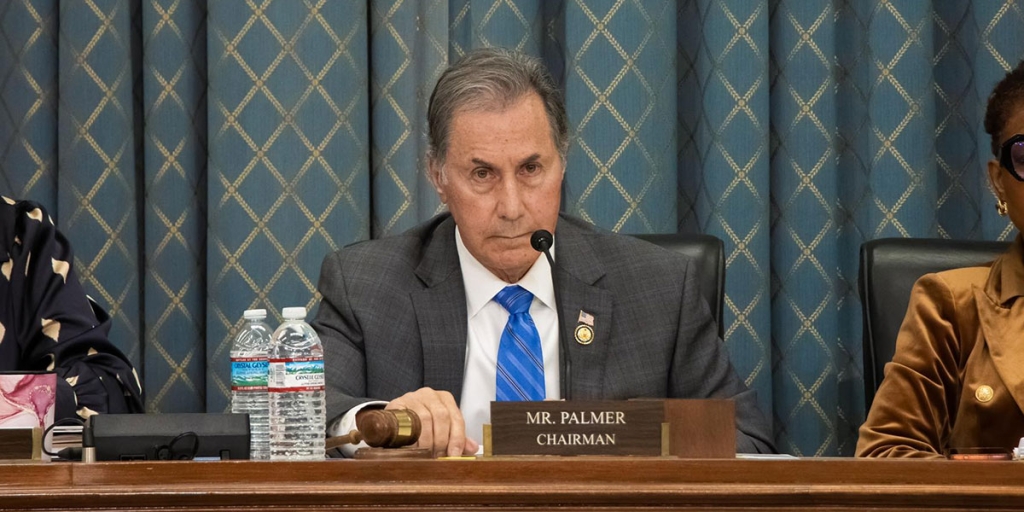
By Jonathan Williams, Vice President of the Center for State Fiscal Reform at the American Legislative Exchange Council (ALEC)
Alabama is unique when it comes to its pension fund investments. Over the past few decades, Alabama’s public pensions, unlike some other states, have invested heavily in in-state businesses and real estate, including office buildings, hotels and even golf courses. According to a new ALEC Center for State Fiscal Reform report, Keeping the Promise: Getting Politics out of Pensions, the results of this pension investment experiment are in – and it’s bad news for public workers and retirees. Alabama’s in-state investments have underperformed other investment opportunities and are part of the reason the state’s pensions are grossly underfunded according to independent reports.
Alabama’s decision to rely so heavily on in-state investments makes it an outlier. According to the nonpartisan think tank, The Pew Charitable Trusts, at the end of fiscal year 2014, Alabama had an astonishing 16.3 percent of its pension portfolio allocated to in-state investments. This far surpasses any other state that publicly reports these investments. For comparison, New York has only 1.3 percent of its portfolio invested in-state and Wisconsin a mere 0.8 percent.
Other states rely less on in-state investments because they usually earn less than other investment opportunities. Any investor knows the likelihood of obtaining enhanced long-term returns increases by considering the entire universe of investment opportunities impartially, as opposed to heavily favoring local investment solely due to political expediency. When pension fund managers favor in-state businesses and real estate over superior investment opportunities out-of-state, lower returns inevitably result.
This has certainly been the case in Alabama. The most recent data available for Alabama’s preferred and private equity, private placements and real estate investments show in-state investments returned only 1.2 percent for the 2014 fiscal year, while out-of-state investments returned more than double that, with 3.2 percent. Local real estate performed particularly poorly, earning only 0.28 percent, while out-of-state real estate earned 6.73 percent, outperforming in-state real estate by a factor of 24.
These inferior returns from in-state investments are a major reason why, as of the end of fiscal year 2014, Alabama’s pension funds had earned only a 6.32 percent annualized return on their investments over the past decade, well below the national average. For the same time period, the StateStreet and TUCS medians, industry benchmarks that track pension fund performance nationwide, averaged 7.28 and 7.35 percent annually, respectively.
While a percentage point difference may not seem like a lot, it is huge when it comes to a pensions fund’s long term stability. Currently, Alabama assumes its pension funds will earn an overly-optimistic 7.75 or 8 percent on their investments every year. When the fund falls short of these returns, the state must make up the difference, requiring lawmakers to cut other government services, raise taxes or simply leave the pension underfunded.
Alarmingly, the funded status of the Teachers Retirement System (TRS) fell from 105 percent funded in 1997 to 68 percent funded in 2014. The Employees Retirement System (ERS), which includes local and state workers, decreased from 111 percent funded in 1997 to 63 percent funded in 2014. As Dr. Henry Mabry, former Executive Secretary and Treasurer at the Alabama Education Association, explained:
“The facts point to losses caused by alternative investments such as real estate. Over the past five years, almost $700 million have gone down a rat hole thanks to these ‘investments.’ To put it in perspective, $700 million is more than twice what is spent on school transportation for the whole state or over 12,000 teacher units a year…Economic development of the state is great and wonderful, but economic development at the expense of active and retired TRS members does not pass muster.”
The police officers, firefighters, and teachers of Alabama deserve to have their retirement investments work for them and earn the best long-term returns. All investments, whether in state or out of state, should be evaluated equally and be held to the same-risk return standards, without favoritism to certain local investments. Alabama’s hardworking public employees have kept their end of the bargain through years of service to the state – now it is time for Alabama’s pension funds to keep their pension promises to employees.
Jonathan Williams is the Vice President of the Center for State Fiscal Reform at the American Legislative Exchange Council (ALEC).








